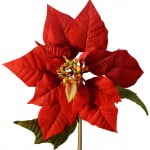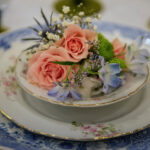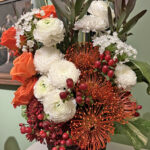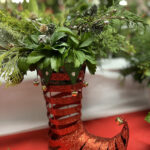 About Poinsettias
About Poinsettias
This is that time of year: the season to decorate the house for the holiday. The season when the stores are full of all those pulchritudinous poinsettias……
So, did you know —- ?
- Its scientific name, Euphorbia pulcherrima means “very beautiful euphorbia”!
- It is named after Joel Roberts Poinsett, the first U.S. Ambassador to Mexico. ( United States in 1825.)
- The “petals” are actually bracts – specially adapted colored leaves that help attract pollinators in its native Mexico/Central America (where it is commonly found as a shrub – it has been bred into its more compact form over the years.)
- Contrary to rumor, the poinsettia is not particularly toxic. It may be slightly irritating to the skin or stomach, and can cause allergic symptoms in people sensitive to latex, but that’s about it.
- December 12 is National Poinsettia Day.
How should you choose the best plant for your home?
- Obviously choose one with no drooping or wilting. Check that there aren’t any broken branches (poinsettias are naturally brittle) hidden by the plant sleeve.
- A fresh poinsettia has little or no yellow pollen showing on the flower clusters (“cyathia”) in the center of its bracts.
- It should have dark green foliage down to the soil line.
- Buy a compact plant with as many bracts as possible. Avoid greening bracts – those mean a plant is older, and won’t retain its colors as long.
How can you keep the plant healthy for the holidays?
- Make sure it doesn’t get exposed to temperatures below 50°(F) – and that includes getting it out of the store and into your cozy home!





